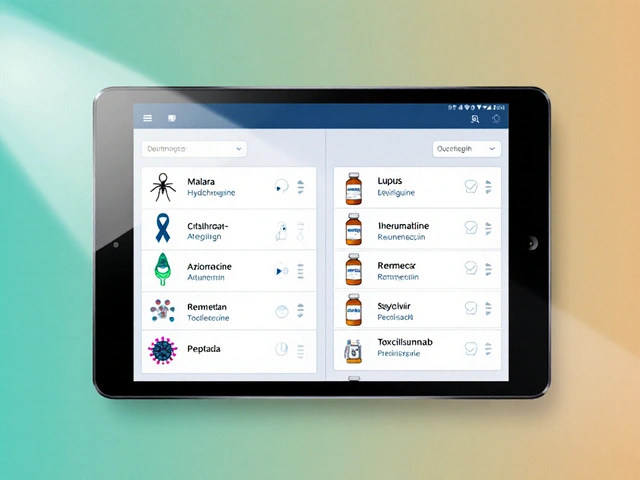Premarin: Uses, Dosage, Side Effects & Safety
Premarin is a brand of conjugated estrogens that many doctors have prescribed for decades. You’ll see it used for hot flashes, night sweats, and vaginal dryness linked to menopause. It’s also used when the body doesn’t make enough estrogen for other medical reasons. If you’re considering Premarin, this short guide gives the facts you need to talk with your clinician.
How Premarin is used and typical dosing
Premarin comes as oral tablets in several strengths (common doses include 0.3, 0.45, 0.625, 0.9 and 1.25 mg) and as a vaginal cream for local symptoms. For systemic menopausal symptoms, doctors usually start with the lowest dose that helps—often 0.3–0.625 mg daily—and adjust from there. Vaginal cream is applied directly and works well for dryness or painful sex with much lower systemic exposure. If you still have a uterus, your doctor will usually add a progestin to lower the risk of endometrial overgrowth.
What to expect and common side effects
Typical side effects are nausea, breast tenderness, headaches, bloating, and spotting or irregular bleeding when you start therapy. Some people notice mood changes or fluid retention. Most effects lessen after a few weeks, but any new or heavy vaginal bleeding should be checked right away.
There are also serious risks to weigh. Large trials such as the Women’s Health Initiative found that estrogen therapy—especially when combined with certain progestins—can raise the risk of blood clots, stroke, and, over longer use, some types of breast cancer. That doesn’t mean everyone will have these problems, but it’s why doctors recommend the lowest effective dose for the shortest time necessary and regular follow‑ups.
Certain conditions make Premarin unsafe: active or recent blood clots, unexplained vaginal bleeding, known estrogen‑sensitive cancers, and pregnancy. Tell your clinician about migraines with aura, uncontrolled high blood pressure, liver disease, or if you smoke—these change the risk profile.
Premarin interacts with drugs that affect liver enzymes. Strong CYP3A4 inducers (like rifampin) can lower estrogen levels and reduce benefit. Some medications and supplements can change bleeding risk too—always review your full med list with your provider.
If you want fewer systemic risks, transdermal estradiol patches or gels are an option. They bypass first‑pass liver metabolism and appear to have a lower clot risk in some studies. For hot flashes when hormones aren’t suitable, nonhormonal choices such as low‑dose SSRIs (paroxetine) or gabapentin can help. For vaginal dryness, a local estrogen product or a quality lubricant often gives relief without significant systemic exposure.
Thinking of buying Premarin online? Get a prescription, use a licensed pharmacy, and verify the pharmacy’s credentials. Avoid sites that skip prescriptions or offer suspiciously low prices—safety and correct dosing matter more than saving a buck.
Ask your clinician about goals, alternatives, and a follow‑up plan. With the right choice and monitoring, Premarin can reduce menopausal symptoms effectively—but it’s a decision worth personalizing to your health history and priorities.

Premarin is a well-known hormone replacement therapy used to manage menopause symptoms. This article explores how Premarin works, who can benefit from it, common side effects, and non-hormonal alternatives available today. You'll find practical advice, fascinating facts, and tips for talking to your doctor about hormone medicines. Learn what recent studies and real patients have experienced with Premarin and HRT.
Chris Gore Jun 13, 2025




